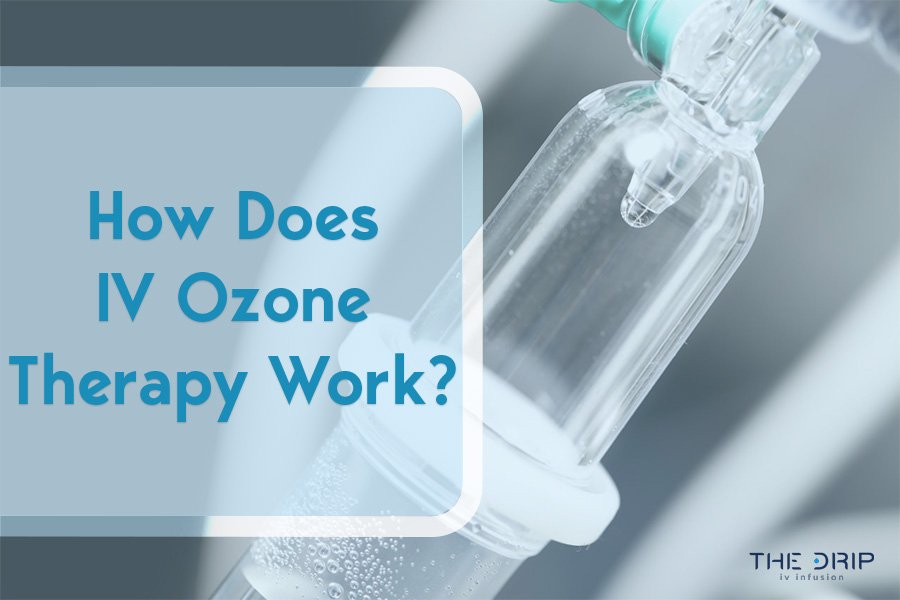IV treatment may be one of the effective ways to deliver the necessary vitamins, minerals and nutrients directly into the bloodstream. There are several types of IV therapy that may be confusing for people, such as IV push and bolus. So, what are the key differences between IV push vs bolus?
Although both IV treatments might have the role of fast and efficient delivery of the necessary nutrients, several factors still differentiate them. So, read on as we break down the similarities and differences between these two popular types of IV therapy.
IV Push vs Bolus
IV push involves administering a concentrated dose of liquid or medication directly into the bloodstream for a few seconds to a minute. To perform this method, a medical nurse uses a syringe.
Unlike an IV push, an IV bolus is a rapid administration of a larger amount of fluid or medicine into a vein over a longer period. Typically, administration with this IV therapy might take up to five minutes, depending on the patient’s health condition.
Generally speaking, both types of therapy fall under the category of intravenous treatment, which means that the IV fluid is administered directly into the bloodstream while bypassing the digestive tract. Although such treatments are usually prescribed in hospital conditions, today, healthcare facilities offer mobile infusion services.

Source: shutterstock.com / Photo Contributor: Rob Byron
IV push administration
Appropriate equipment is required to perform this procedure. There is a syringe pre-filled with IV fluid, an IV access point such as a plug or IV catheter, syringes for flushing with saline, and antiseptic pads for sterilization.
An IV push is a procedure performed by a certified nurse who carefully pushes the contents of a syringe into a vein. During the entire administration, your health condition should be monitored.
This type of IV therapy is usually given to patients who need immediate attention or are in a life-threatening condition. So, heart medications, antibiotics, pain or anti-nausea medications may be administered with an IV push.
Usually, this type of IV therapy may be used in several cases. They are heart attack, anaphylactic shock, allergic reactions or other life-threatening conditions.
Bolus administration
IV bolus is a type of IV treatment where a large amount of fluid or medication is administered over a short period of time. This type of treatment uses an open fluid line. With an IV bolus, the contents of the IV bag may enter the body much faster.
Furthermore, certain equipment is required to perform this therapy, such as a bag with IV fluid and a tube connected to a syringe through which the fluid is administered. The entire procedure, on average, lasts from 15-20 minutes and depends on the amount of IV fluid administered. Also, constant flow rate monitoring is required to prevent possible IV fluid overload during the procedure.
IV bolus, as opposed to IV push, is usually recommended unless the patient is in a life-threatening condition. The most common example where this type of IV therapy is used is in patients with type 1 diabetes. In such patients, insulin is administered, an important factor in the fight against high blood sugar levels.
Key Differences Between IV Push and Bolus
While we have already discussed some of the fundamental distinctions between IV push and IV bolus, we will go into more detail about these two IV therapies in the following sections. Namely, IV push and IV bolus might differ by:
Delivery rate and volume
IV push involves administering a small amount of IV fluids over a rapid period of seconds to a minute. On the other hand, the IV bolus involves the administration of a larger volume of IV fluid that is administered for a longer time.
Patient safety
Carefully administering an IV push is essential for success since rushing the process might result in adverse consequences, including hypersensitivity or cardiovascular problems. The volume of IV fluid given should be carefully considered while administering IV bolus.
IV fluid excess might cause an electrolyte imbalance. This is especially important in individuals with heart disease and renal problems.
Nursing considerations and monitoring
An IV push should only be performed by nurses who have prepared the IV fluid to fit the IV line. In addition, constant monitoring is required during administration (heart rate and blood pressure monitoring).
Nurses should examine the administration volume while doing IV boluses to avoid excess IV fluid. During IV bolus administration, fluid and electrolyte status should be monitored to prevent IV fluid overload promptly.

Source: shutterstock.com / Photo Contributor: Kwangmo ozaa
Considerations Before Undergoing IV Therapy
There are a few things to remember, whether it’s an IV push or an IV bolus. We provided several important factors that you should know before undergoing IV therapy. Here are some of them:
Consultation with a doctor: A conversation with your doctor will help you familiarize yourself with the course of the procedure, the method of administration and possible risks.
Medical history: You should disclose all past and present medical conditions to your healthcare provider before IV therapy. That way, your healthcare professional will determine the appropriate IV treatment for you.
Allergic reactions: They are particularly important when dealing with IV push or IV bolus. So, emphasize all allergens to avoid possible risks and complications while administering the IV fluid.
Nutrition: You should also consider your food before the IV treatment. For this purpose, it is best to eat light foods that might not raise the blood sugar level.
Conclusion
Although there are differences between IV push vs bolus, they potentially represent one of the most efficient ways to administer IV fluids relatively quickly. To sum up, IV push distributes a concentrated dosage quickly via syringe, whereas IV bolus administers a greater quantity over a longer period, depending on the patient’s condition.
However, it is advisable to consider the aspects mentioned in the article before undergoing any of these IV treatments. Also, talking with your doctor is key to a successful procedure and maximizing the effects of IV therapy.




